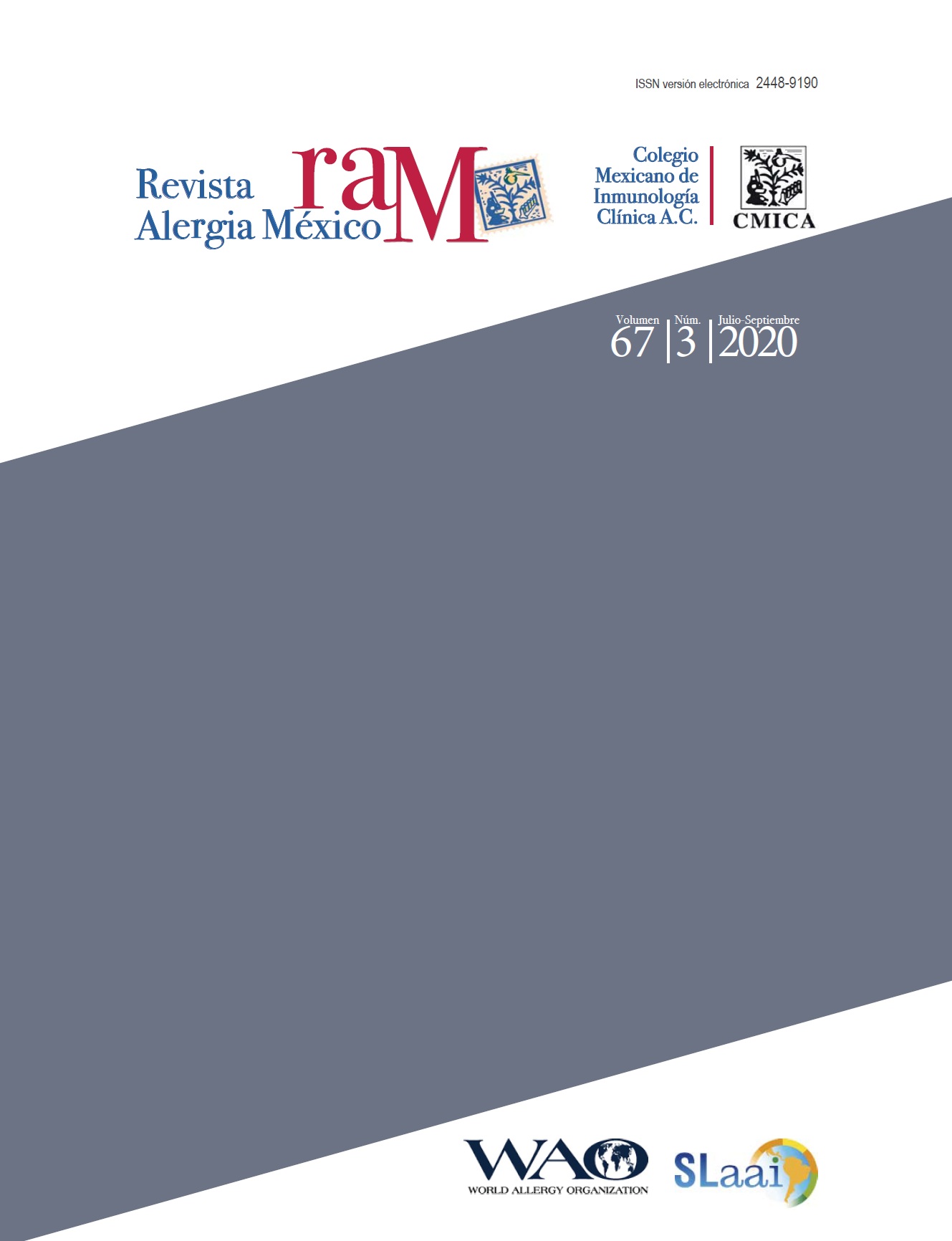Abstract
In general, diagnostic tests are the necessary tools to determine the presence or absence of illness, but they can be useful also for excluding other differential conditions, assessing severity, establishing specific treatments, and estimating possible prognosis results. In order to determine how much a new diagnostic test can contribute in the clinical setting, studies with different research designs and populations are required. Since it might be complex to understand the development process of a diagnostic test based on its initial stages, this article synthesizes and gives examples of the four phases that have been proposed to define this process. The goals of these four phases are: phase I, establishing reference values; phase II, analyzing the validity of the test; phase III, the impact of its incorporation in diagnostic-therapeutic plans; and phase IV, a long-term assessment after incorporating the diagnostic test.
References
Bolboacă SD. Medical diagnostic tests: A review of test anatomy, phases, and statistical treatment of data. Comput Math Methods Med. 2019;2019:1891569. DOI: 10.1155/2019/1891569
Sackett DL, Haynes RB. The architecture of diagnostic research. BMJ. 2002;324(7336):539-541. DOI: 10.1136/bmj.324.7336.539
Colli A, Fraquelli M, Casazza G, Conte D, Nikolova D, Duca P, et al. The architecture of diagnostic research: from bench to bedside--research guidelines using liver stiffness as an example. Hepatology. 2014;60(1):408-418. DOI: 10.1002/hep.26948
Zurita-Cruz JN, Barbosa-Cortés L, Villasís-Keever M. De la investigación a la práctica: fases clínicas para el desarrollo de fármacos. Rev Alerg Mex. 2019;66(2):246-253. DOI: 10.29262/ram.v66i2.625
Gluud C, Gluud LL. Evidence based diagnostics. BMJ. 2005;330(7493):724-726. DOI: 10.1136/bmj.330.7493.724
Rendón-Macías ME, Villasís-Keever MÁ, Miranda-Novales MG. Estadística descriptiva. Rev Alerg Mex. 2016;63(4):397-407. DOI: 10.29262/ram.v63i4.230
Buchvald F, Baraldi E, Carraro S, Gaston B, de Jongste J, Pijnenburg MWH, et al. Measurements of exhaled nitric oxide in healthy subjects age 4 to 17 years. J Allergy Clin Immunol. 2005;115(6):1130-1136. DOI: 10.1016/j.jaci.2005.03.020
Rendón-Macías ME, Valenzuela M, Villasís-Keever M. Sesgos en los estudios de pruebas de diagnóstico: implicación en la estimación de la sensibilidad y especificidad. Rev Alerg Mex. 2020;67(2):165-173. DOI: 10.29262/ram.v67i2.771
Malmberg LP, Pelkonen AS, Haahtela T, Turpeinen M. Exhaled nitric oxide rather than lung function distinguishes preschool children with probable asthma. Thorax. 2003;58(6):494-499. DOI: 10.1136/thorax.58.6.494
Eom SY, Lee JK, Lee YJ, Hahn YS. Combining spirometry and fractional exhaled nitric oxide improves diagnostic accuracy for childhood asthma. Clin Respir J. 2020;14(1):21-28. DOI: 10.1111/crj.13095
Boer S, Honkoop PJ, Loijmans RJB, Snoeck-Stroband JB, Assendelft WJJ, Schermer TRJ, et al. Personalised exhaled nitric oxygen fraction (FENO)-driven asthma management in primary care: a subgroup analysis of the ACCURATE trial. ERJ Open Res. 2020;6(3):00351-2019. DOI: 10.1183/23120541.00351-2019
Larenas-Linnemann D, Gochicoa-Rangel L, Macías-Weinmann A, Soto-Ramos M, Luna-Pech JA, Elizondo-Ríos A, et al. Consenso mexicano en relación con la fracción exhalada de óxido nítrico (FeNO) en asma 2020. Rev Alerg Mex. 2020;67(Supl 2):S1-S25. DOI: 10.29262/ram.v67i0.760.

This work is licensed under a Creative Commons Attribution-NonCommercial 4.0 International License.
Copyright (c) 2020 Revista Alergia México





